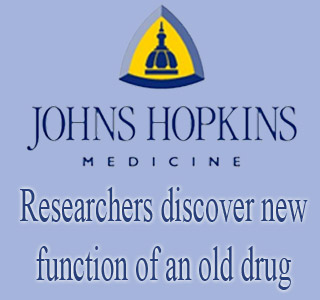
The study investigators stumbled upon the clofazimine drug while screening the FDA-approved drugs, in an attempt to find new ways of using them. These scientists were mainly on the look out for immune system control agents within the Johns Hopkins Drug Library, which is a collection of more than 3,000 drugs that have been accumulated over the past seven years that have been stored here.
Jun O. Liu, Johns Hopkins pharmacologist, says that, “We never expected that an old antibiotic would hit this target that has been implicated in multiple sclerosis, psoriasis and type 1 diabetes. People have been working for years and spending tens of millions of dollars on developing a drug to inhibit a specific molecular target involved in these diseases, and here, we have a safe, known drug that hits that target.†This drug is called the Kv1.3 potassium channel, a synthetic compound made in the 1980s.
Liu says that, “Until now, clofazimine’s presumed target was not human cells, but bacteria. But we discovered the drug has a tremendous effect on human immune cells that are heavily involved in both the initiation and execution of an effective immune response.â€
The study investigators were astounded to discover that the clofazimine drug influenced the molecular pathway, which was considered essential in the planning of the human body’s immune response.
This drug was found to have a positive effect in treating autoimmune diseases. The study investigators are very hopeful of their study results.
Their findings are published in the Public Library of Science (PLoS One).
